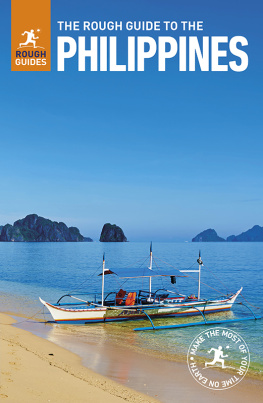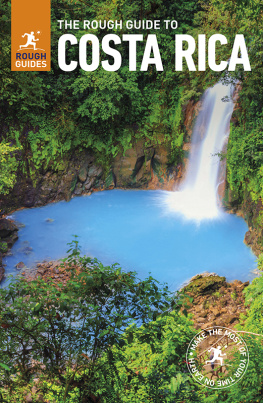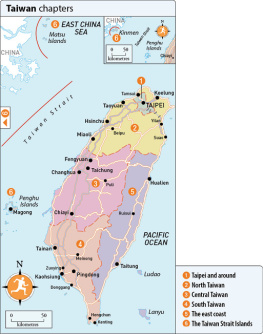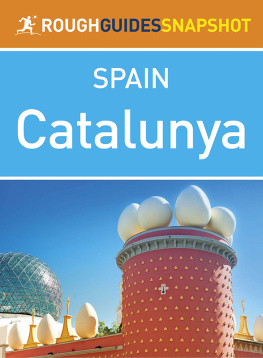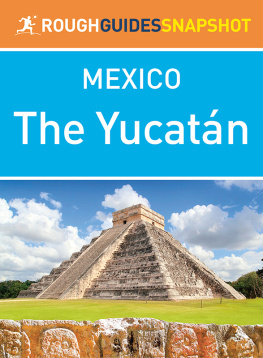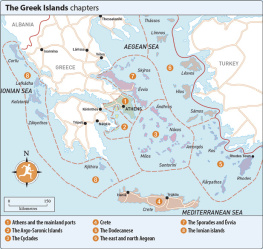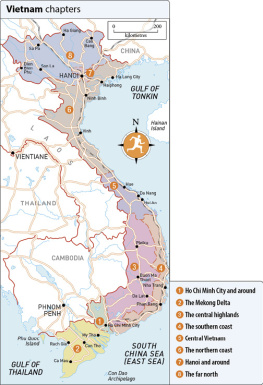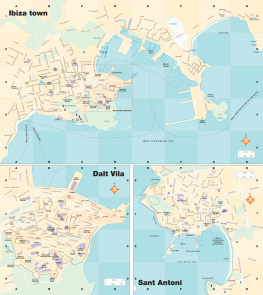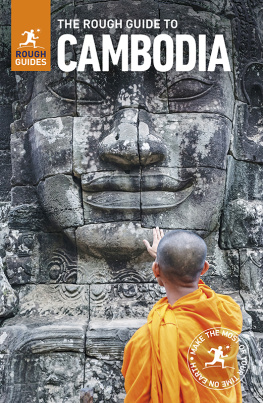
Shutterstock
PIGEON POINT, TOBAGO
Contents
Shutterstock
Introduction to
Trinidad & Tobago
Sitting pretty just off the coast of the South American mainland it was once part of, the twin-island republic of Trinidad and Tobago (often shortened to T&T) is one of the Caribbeans most diverse and underexplored destinations. The islands boast spectacular rainforests, waterfalls, savannas and reefs, and the endless undeveloped beaches from palm-lined white sands fringed by limpid waters to secluded, wave-whipped outcrops are some of the prettiest in the region. As the home and heart of West Indian Carnival and the place where calypso, soca and steel pan were invented, T&T is also a cultural pacemaker for the Caribbean and a fantastic place to party.
Trinidad and Tobagos economy is the most diversified and industrialized in the English-speaking Caribbean, with an average of around 96,500 barrels of oil and 32 million cubic metres of natural gas produced here each year. Because gas and oil are the main economic earners, both islands remain largely unfettered by the more noxious elements of Caribbean tourism, and are well suited to independent travellers without being fully fledged resorts. Visitors are not corralled in all-inclusives or holed up on private beaches swathes of sand are enjoyed by locals and foreigners alike, with visitors often in the minority. Sun and sea are by no means the only draw here, however: no other Caribbean island offers such a variety of wildlife and habitats in so compact an area (roughly half the size of Hawaii Island). In Trinidad, there are tropical rainforests of mahogany and teak patrolled by howler monkeys and ocelots, wetlands harbouring manatees and anacondas, and remote beaches where giant leatherback turtles lay their eggs, while Tobago is best known for its stunning coral reefs, favoured by manta rays and shoals of brightly coloured tropical fish. Both islands also offer some brilliant opportunities for birdwatching; with more than 485 recorded species T&T has one of the richest concentrations of birds per square kilometre in the world.
The crowded and dynamic towns and cities are equally engaging, with fretworked gingerbread homes sitting side by side with temples, mosques, Catholic cathedrals and Anglican churches. The many ethnic groups brought to labour in the islands after slaves were freed in 1834 have given rise to a remarkably varied populace, hailing from India, China, Portugal and Syria as well as Africa, England, France and Spain. Though racial tensions are inevitably present, Trinbagonians (as theyre collectively known) generally coexist with good humour, and are proud of the multiculturalism that has so enriched the islands. This easy-going mentality is best expressed in the local propensity for liming taking time out to meet friends and talk, usually over food and a beer or glass of rum.
Both islands share a party-hard ethic, and Trinidad has an electrifying music scene that rivals even that of Jamaica. T&T is the birthplace of calypso and the more fast-paced soca, as well as that quintessential sound of the Caribbean, the steel pan; youll hear plenty of all three year-round, but especially during the republics most famous party, its annual pre-Lenten Carnival. During this unique and explosive event, the no-holds-barred debauchery of the Jouvert dirty mas parades is followed by two days of pure joy as 3000-strong bands of intricately costumed revellers take to the streets in a spectacular celebration of life.

CARONI SWAMP
FACT FILE
Standing at about 1.36 million, T&Ts population is around 40 percent Indian, 39 percent black, 18 percent mixed-heritage, 0.6 percent white and 0.4 percent Chinese. Its people are theologically diverse, too: with 26 percent Roman Catholic, 25 percent Protestant, 23 percent Hindu, 6 percent Muslim, 3 percent Presbyterian and 6 percent adhering to African-based religions such as Spiritual Baptist and Orisha.
Go into almost any bar in the world and youll see a bottle of Angostura bitters, produced in Trinidad and an essential ingredient of many classic cocktails. Its aromatic blend of herbs, spices and alcohol is such a guarded secret that no single person is permitted to know the full recipe.
Trinidad is one of the worlds most important nesting sites for the giant leatherback turtle, with 18 percent of the total global population laying their eggs here. The highest density of nests is at Grande Riviere in the northeast, with some 500 turtles visiting per night at the height of the season.
The peculiar Pitch Lake, at La Brea on Trinidads southwestern coast, is the worlds largest natural reservoir of asphalt.
The Kelleston Drain dive site, offshore of Little Tobago, can lay claim to having the largest brain coral in the world: 3m high and 5.3m across.
T&T lie outside the regions hurricane belt, and havent suffered a big blast since Flora in 1963, though minor earthquakes occur at an average of one per month.
Native to southern Trinidad, the Moruga Scorpion is officially the second hottest pepper in the world, notching up two million units on the Scoville heat scale, just a fraction less than the Carolina Reaper.
Where to go
Bound together for the convenience of the British Empire, Trinidad and Tobago are vastly different places. Trinidad offers culture, ethnic diversity, music, clubs, great food, pristine rainforest and a wealth of undeveloped beaches. Tobago is more of a conventional Caribbean resort, its southwest replete with busy strips of white sand and hotels of every stripe, as well as plenty of bars, restaurants and places to dance under the stars. The rest of the island is relatively undeveloped, with plenty of fantastic small-scale guesthouses, but nowhere in Tobago will you find the high-rise hotels and slick resort areas of other islands in the region. Its impossible to get a full picture of T&T without visiting both Trinidad and Tobago, and inexpensive plane and boat services between the two make it easy to see the best of each even during a short stay.
A visit to Trinidad will inevitably begin in the vibrant capital, Port of Spain, which with its restaurants, nightlife and accommodation is a natural base from which to explore the rest of the country. To the west, Chaguaramas is the capitals playground, with a beachfront boardwalk, walking and mountain biking trails, golf course, kids amusement park, mini-zoo, zip line and the great Macqueripe Beach at Tucker Valley. Chaguaramas is also the jumping-off point for boat trips to the rocky, wooded islands of the



